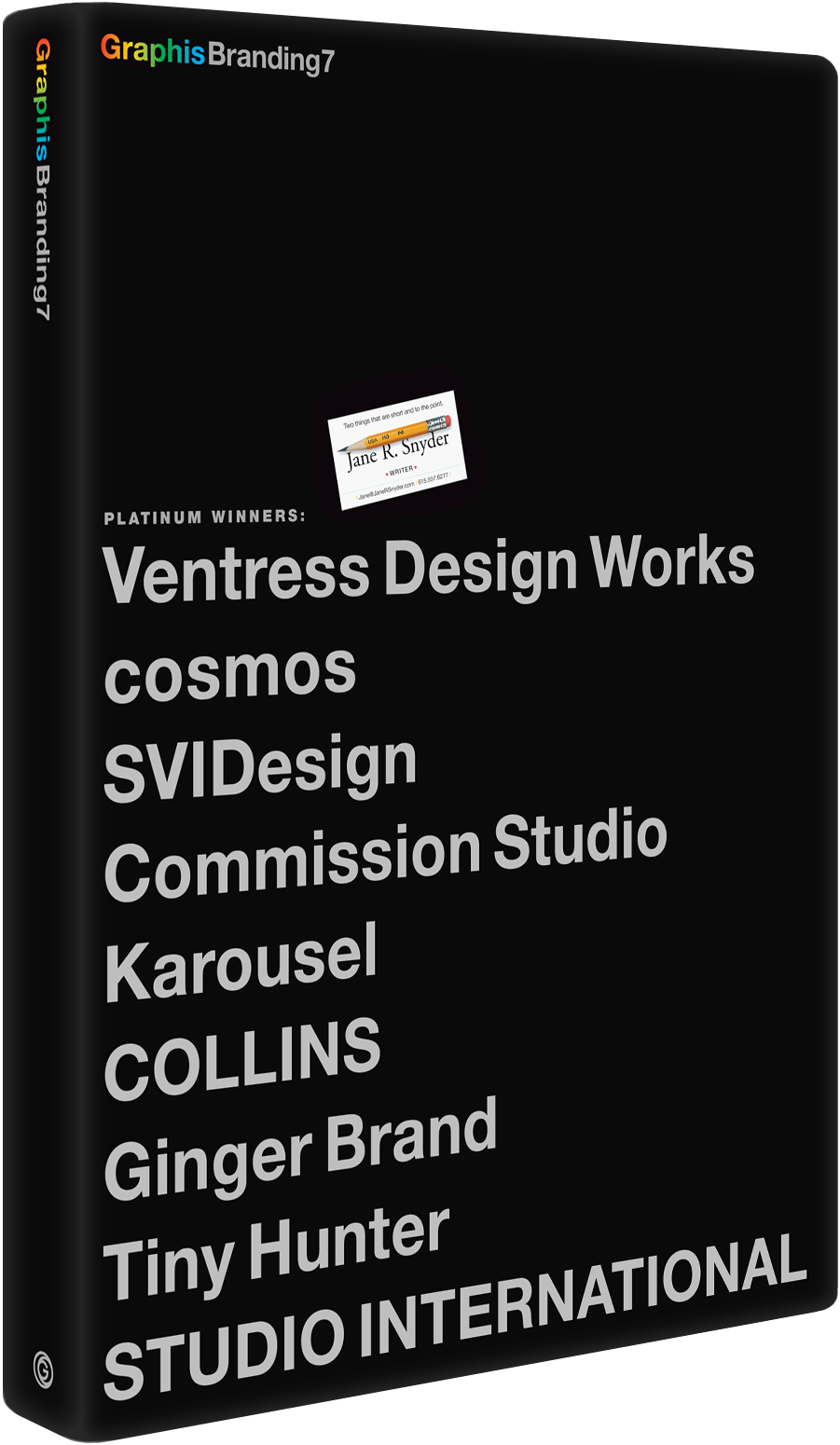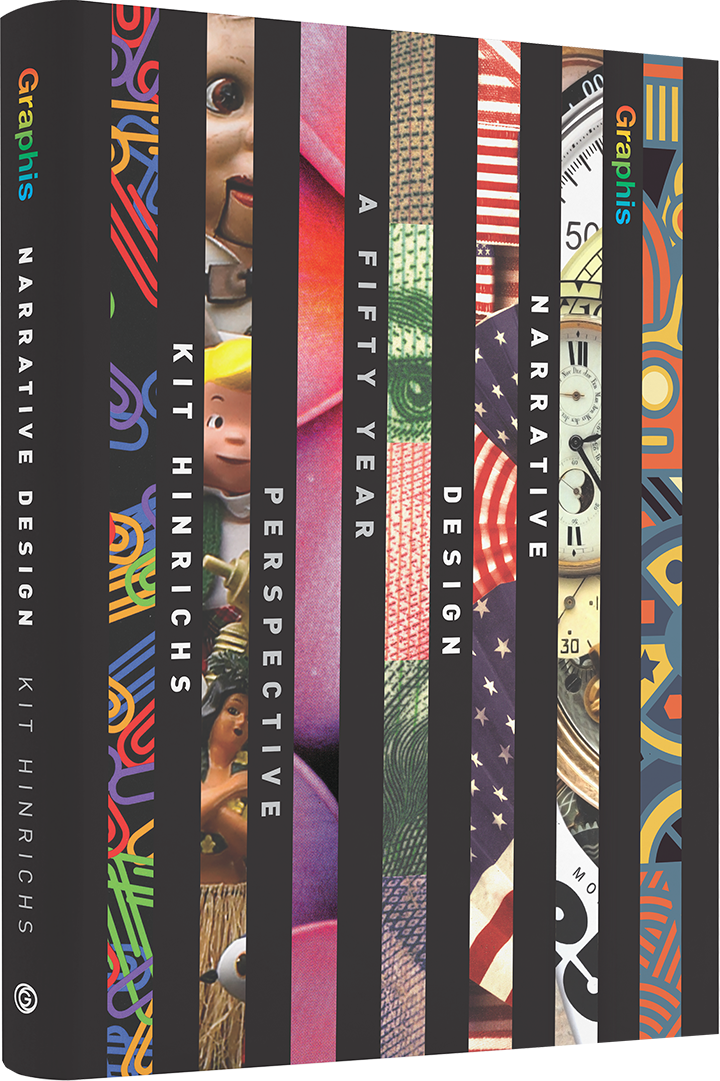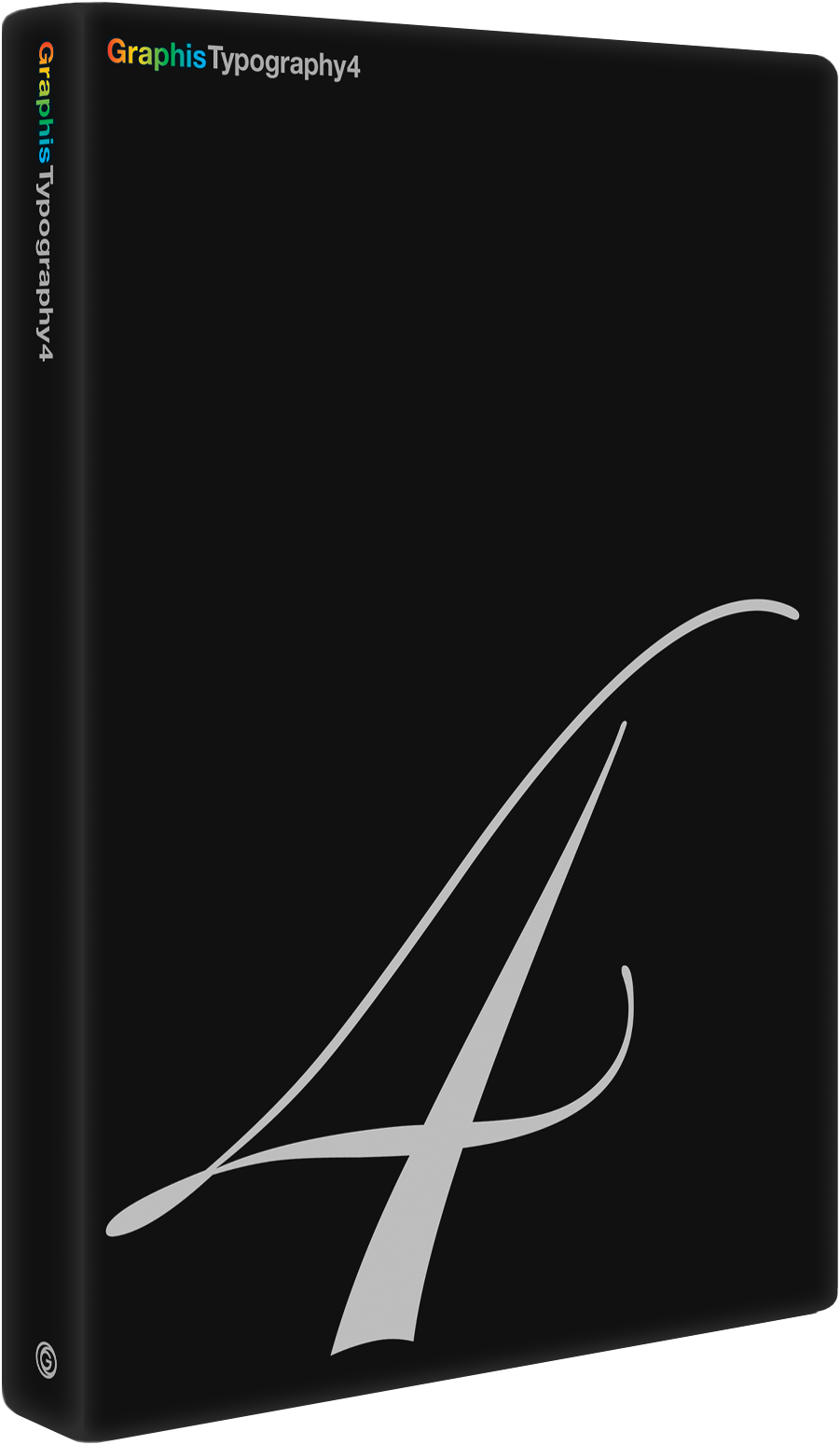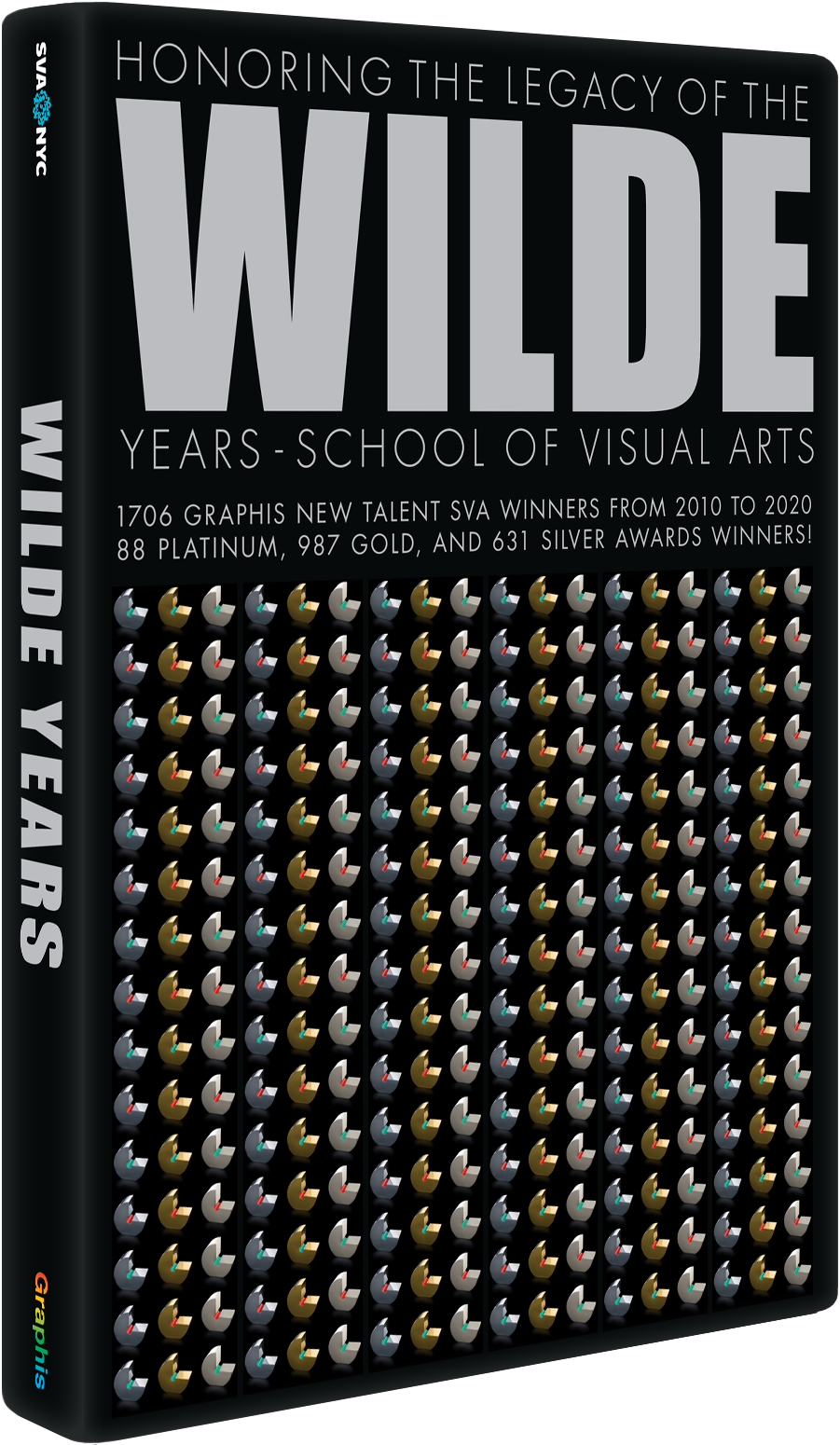
July-August 2004
Cover Image: Pandora
Image by Me Company
Graphis magazine Issue 351 includes the following stories: Me Company: The garden of digital delights, by Hugh Aldersey-Williams; Ralph Schraivogel: The craftsman contract, by Felix Studinka; MINI: Let’s moto, by Phil Patton; Ed Fella: Design doodler, by Stuart I. Frolick; Bernard Khoury: Fighting amnesia in postwar Beirut, by Imke Lode; Joachim Müller-Lancé; Rocco Piscatello: A study in simplicity and contrasts, by Ina Saltz; and Guido Scarabottolo: Behind the eyes, interview by Vanessa Fogel.
CONTENTS
7 Contributors
12 Q&A David Tartakover
16 Larry Vigon's Painted Journals Reviewed by Steve Woodall
24 Me Company: The garden of digital delights by Hugh Aldersey-Williams
What's real and what's virtual? What's 'design' and what's 'photography'? The London-based image makers of Me Company studio will elude answering these questions. Instead, they will manipulate, merge, and mingle photography, art, science, and truth into a breathtaking private garden.
36 Ralph Schraivogel: The craftsman contract by Felix Studinka
Swiss designer Ralph Schraivogel signs "a craftsman contract" in poster design, reinventing the canvas into a new medium. Searching inspiration in Bach, jazz improv and M.C. Escher, his "hand made" imagery is built on the dialectical play between free and restricted elements, typographic form, and the texture of photography.
52 MINI: Let's moto by Phil Patton
A bobble head hula skirted doll atop the dashboard. A red and yellow billboard. Removable stickers in a magazine insert. A shirt with zip-off sleeves for tanning during driving. A memorable slogan "Let's motor." MINI, more than a culture, has become a design cult. Graphis' business and advertising story gets deep into the process of the Mini brand's reinvention, development, and cloning, telling you how the smallest care in America has become the most award-winning name ever heard in design and marketing circles.
66 Ed Fella: Design doodler by Stuart I. Frolick
"I'm interested in graphic design as art," Ed Fella says. Take a look: the California-based educator is a fountain of talent, information, ideas, opinions, and observations that illustrate his thoughts through lines. Letter forms, linear shapes, and colors recall spontaneous Surrealist collages--unpredictable, at times absurd, rarely coherent, but always mind-blowing. He transcends cultural clichés and redefines the art of the doodle.
72 Bernard Khoury: Fighting amnesia in postwar Beirut by Imke Lode
The Beirut-born architect celebrates contradictions: life and death, past and future, remembrance and amnesia. This special essay introduces Khoury's buildings as confrontational creations that engage viewers in a dialogue they would rather not be a part of. Grounded in academic architectural discourse, Khoury perceives his work as anti-intellectual. Driven by emotions and playing with the values of Middle Eastern entertainment culture, Khoury creates memorable places of power.
86 Typography
Joachim Müller-Lancé's cross-cultural background enables him to mix Japanese Kanji writing with German exactitude, clear American information design with musical analogies. Jack-of-all trades, type, graphic, and information designer Müller-Lancé is fascinated with the interplay of contrasting shapes and writing systems, always bringing a fun but logical, ironic yet fresh approach to design.
102 Rocco Piscatello: A study in simplicity and contrasts by Ina Saltz
Piscatello's designs are simple but never simplistic, timely yet timeless. A true reductionist, he makes the ordinary extraordinary, using symmetry, contrast, tension, and harmony. While Piscatello believes that society is searching for refinement, he's committed to showcasing elegance in every project he touches. With sincere passion and Swiss-like precision, he aspires to a better design for life.
120 Guido Scarabottolo: Behind the eyes Interview by Vanessa Fogel
Finding that "something" that's inside your head--more or less behind the eyes--is much more important than any art technique you could ever acquire at school. So sounds Scarabottolo's genuine lesson in simplicity. The Italian artist makes a point in demonstrating endless curiosity and reflects on his responsibility of influencing society through his images. As a successful illustrator and respected editorial designer, Scarabottolo "keeps his foot in two shoes."
132 The Art of Adolf Wölfli Reviewed by Lyle Rexer
134 Posters for Europe 2020
143 Illustration Gallery



